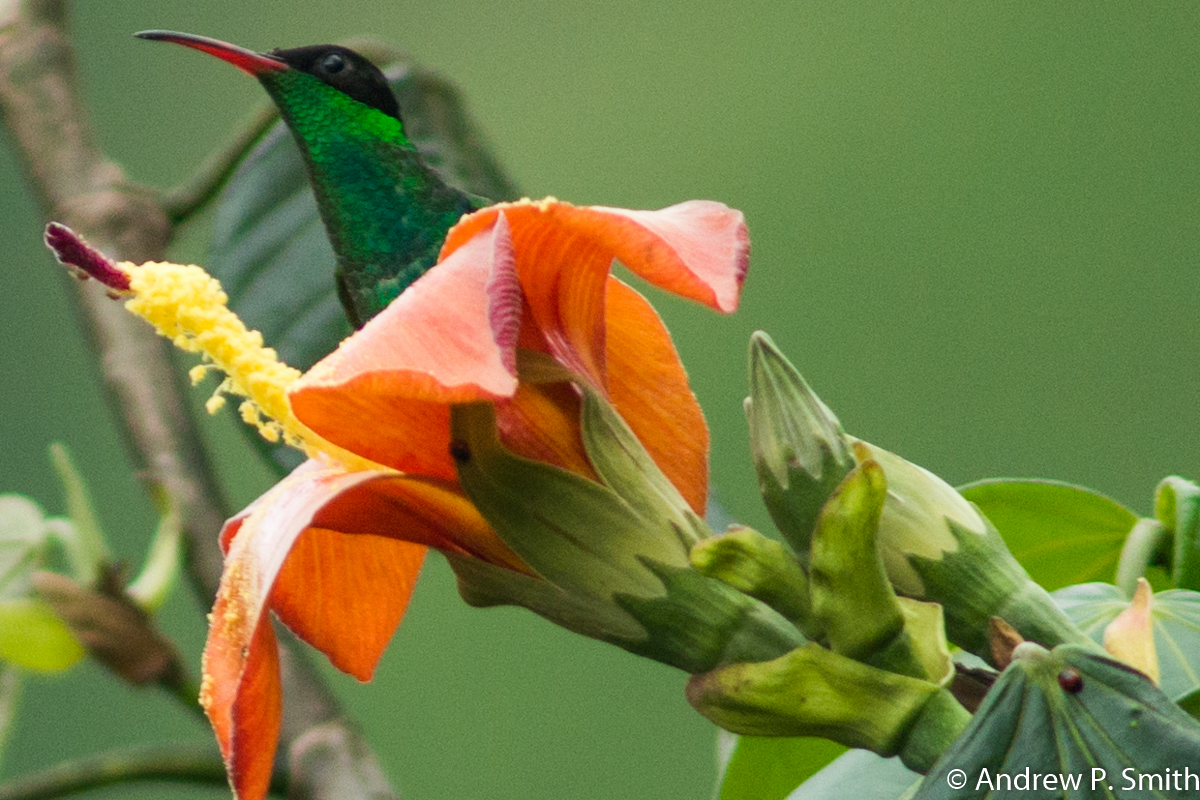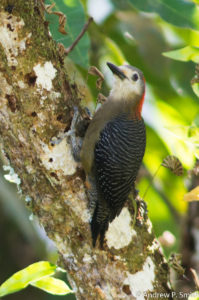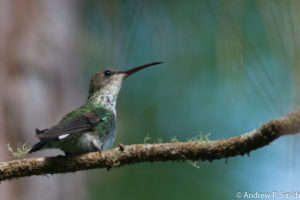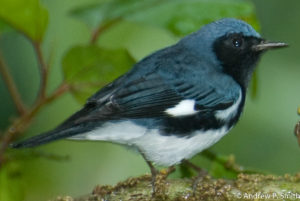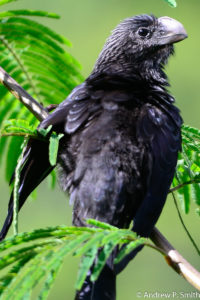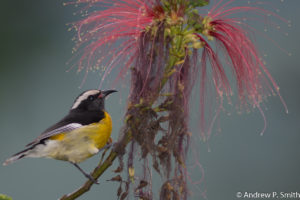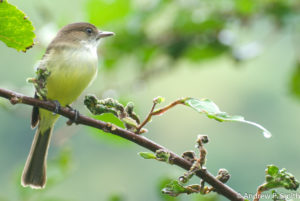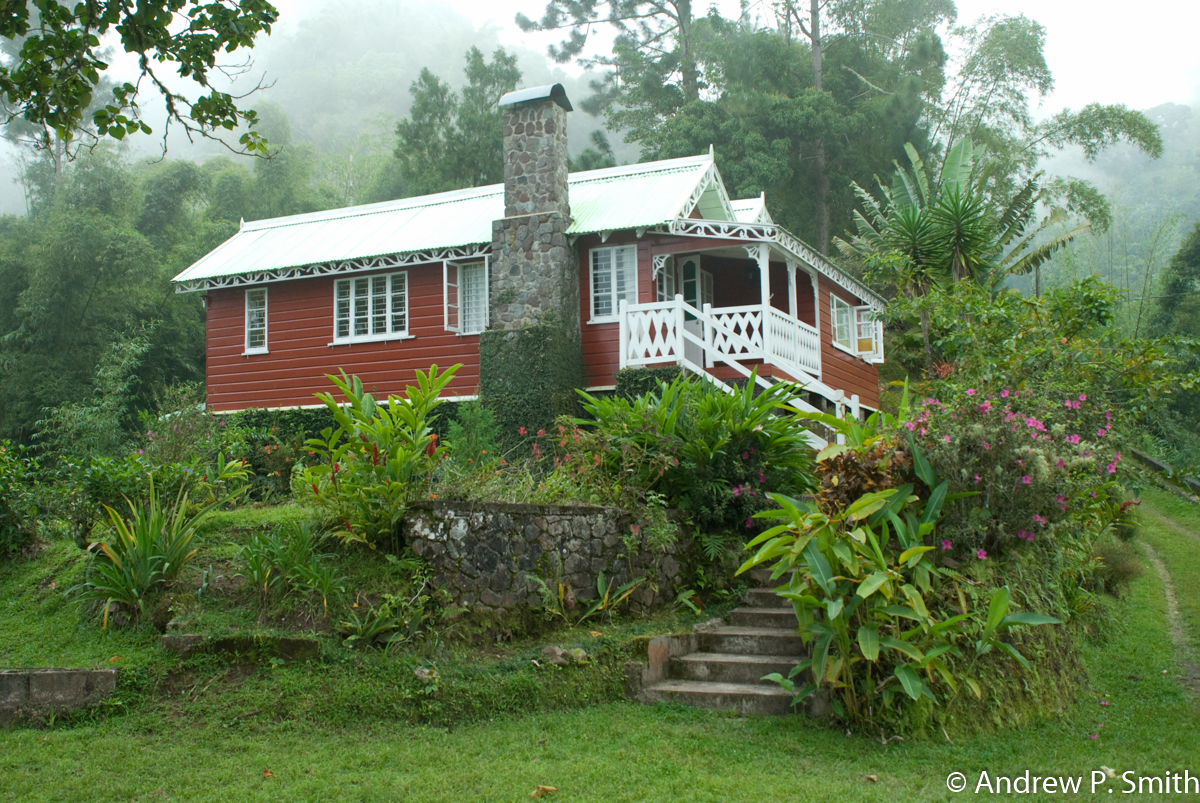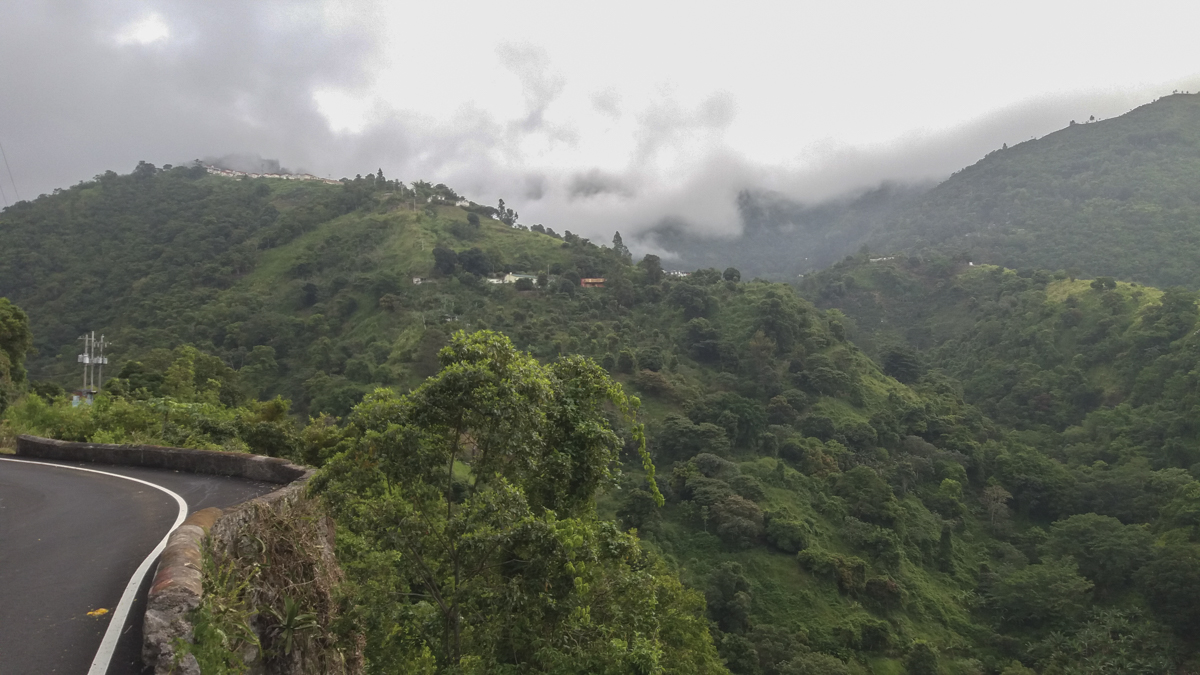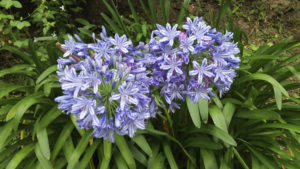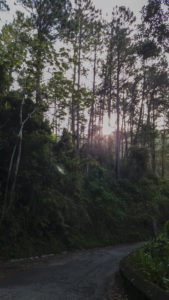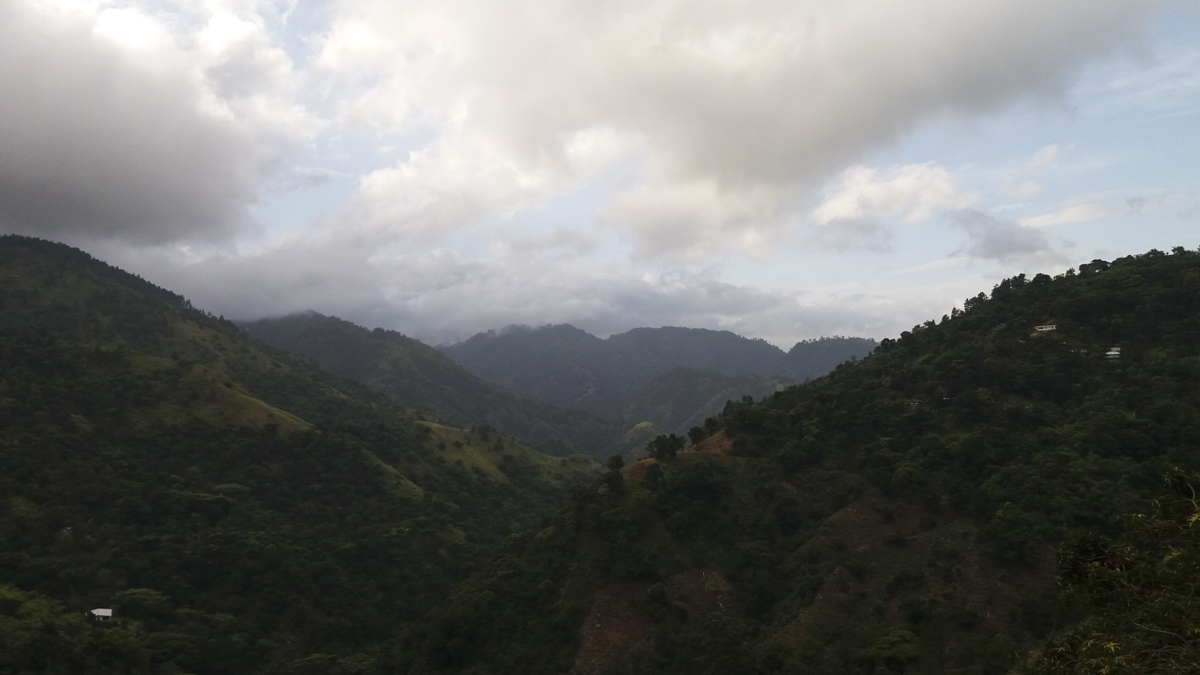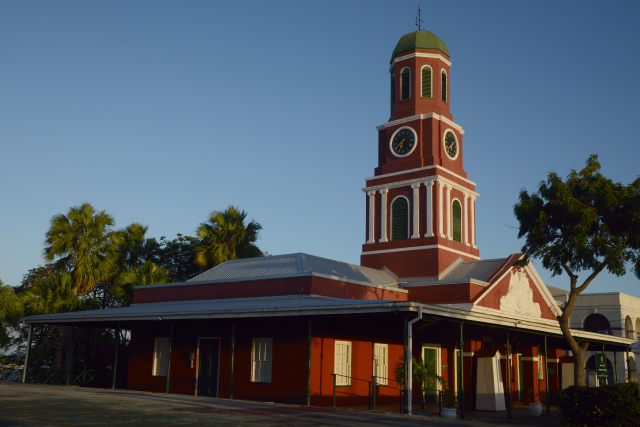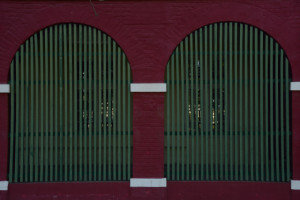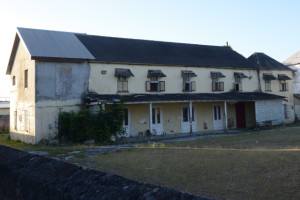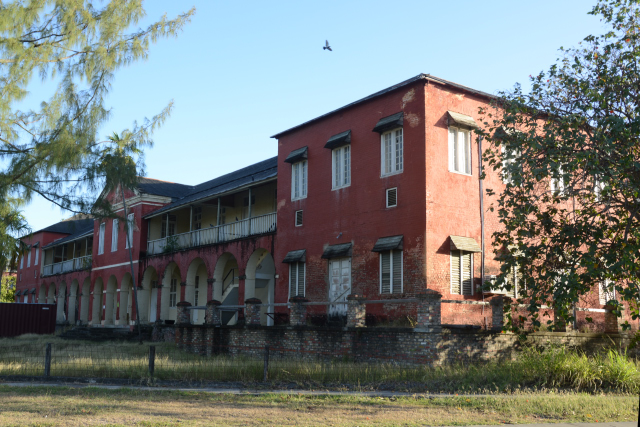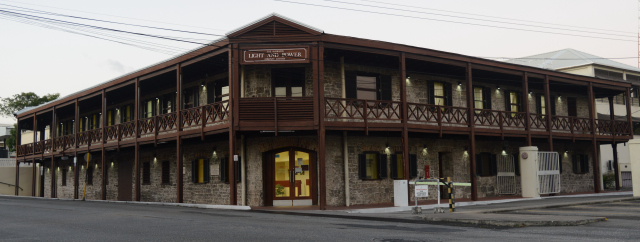I’ve always enjoyed photographing birds, although I don’t consider myself a “bird photographer”. This is because I lack both the patience and specialized equipment required to excel in this type of photography. However, for over 10 years I have owned a small cottage in the community buffer zone of the Blue and John Crow Mountains National Park (BJCMNP) a UNESCO World Heritage Site. The BJCMNP was declared a UNESCO World Heritage Site as a mixed property in 2015 for its natural and cultural heritage. One of the reasons for this is the large variety of birds that can be found in these mountains.
River Breeze Cottage is located in the community of Cascade at an altitude of 700 metres above sea level and is located in the vicinity of Hardwar Gap which is a popular bird-watching site. This results in a large variety of both endemic species and migrant species on the property, which is less than an acre in size. On a wet and rainy Monday, Dr. Suzanne Davis of the Institute of Jamaica was able to identify over 24 species in less than three hours.
These included the ubiquitious Red-Billed Streamer-tailed hummingbird, an endemic species that is the national bird of Jamaica. Also present is Jamaica’s smallest hummingbird, the Vervain Hummingbird. Other endemics include the Jamaican Tody, the Jamaican Woodpecker, the Jamaican Euphoria, the Jamaican Spindalis and the White-Chinned Thrush. In the distance I saw a Chestnut-Bellied Cuckoo, and Suzanne was able to identify the Yellow-Shouldered Grassquit by its birdsong. These birds are found only in Jamaica, and I am blessed to be able to view them in my small patch of paradise.
Apart from the endemics, Jamaica receives migrant species during both the winter and summer months. Among the former is the Black-Throated Blue Warbler, while the Black-Whiskered Vireo is a summer visitor. Suzanne was able to identify the latter from its characteristic bird-call, which sounds like “John-Chew-It” (hence its local name). Of course, I was totally unable to distinguish such sounds. Other birds that can be found in the garden include the Smooth-Billed Ani, the Loggerhead Kingbird, Bananaquits, the Black-Faced Grassquit, the White-Crowned Pigeon and the Rufous-Throated Solitaire.
So, these are just a few of the birds that can be found at River Breeze Cottage. Needless to say, I believe that I will be doing more bird watching and bird photography. I’ve already bought a pair of binoculars and I might even invest in some new camera lenses. I’m not sure about acquiring the patience though…
